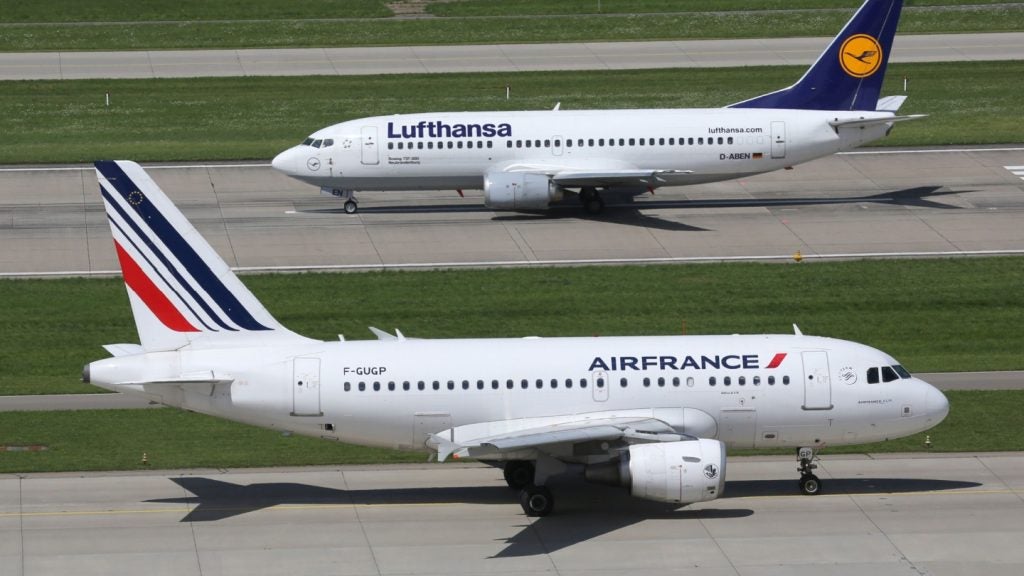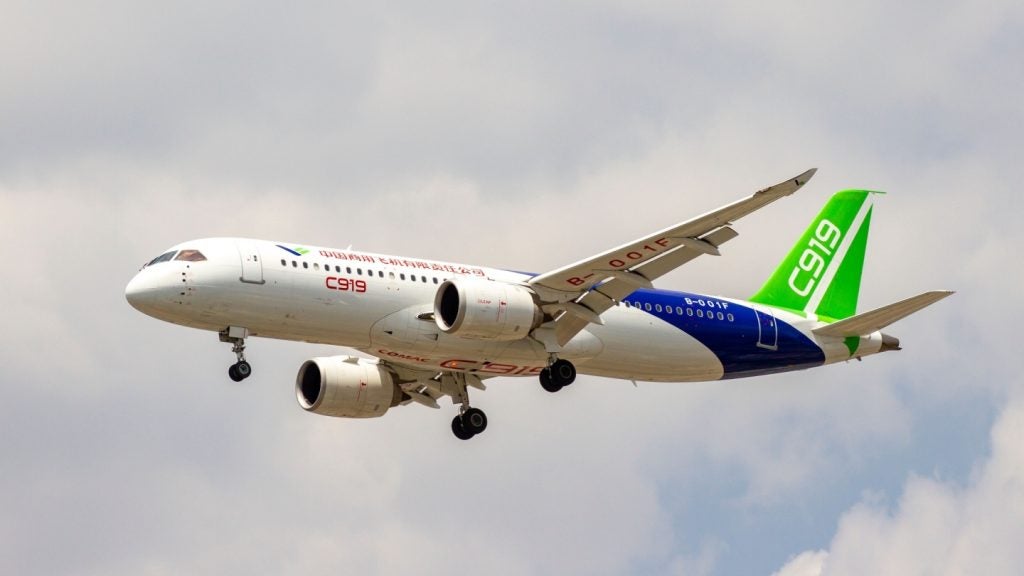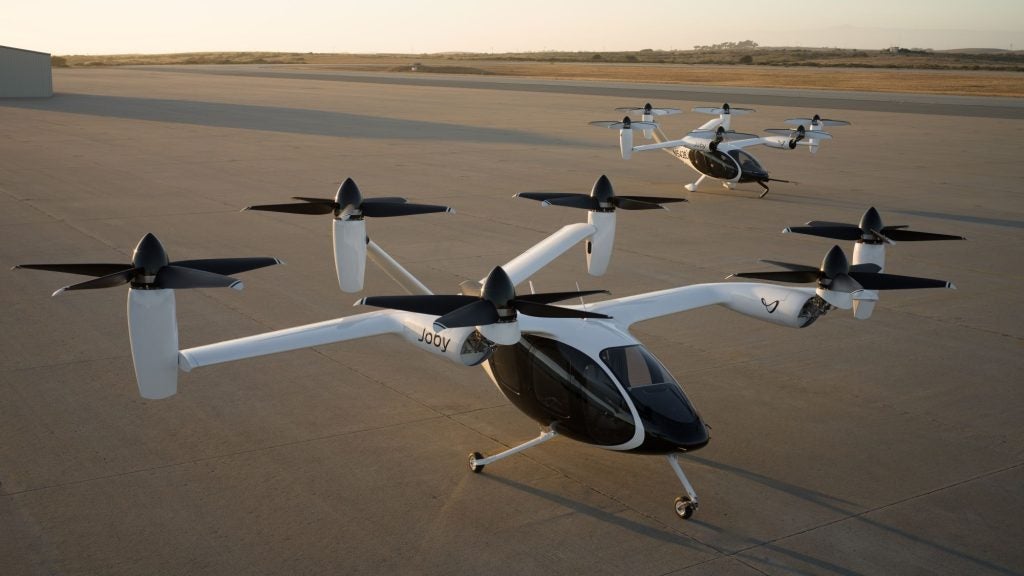

Before an air traffic controller working at Swanwick in Hampshire put two planes on a collision course back in April, they had – according to a report into the incident by the UK Airport Board – given 13 different commands to eight different pilots in the space of just 92 seconds.
“Incidents like this are rare,” NATS – the UK’s main air navigation service provider – pointed out at the time, but the near-miss, which occurred over Stanstead, one of the UK’s busiest airports, revived some serious, long-standing questions in the industry: just how stressed are today’s air traffic controllers and is enough being done to help?
For many years air traffic control has been thought of as one of the world’s most stressful jobs. Whether it’s intense bursts of work like the controller at Swanswick, or hours hunched over a radar screen, the decisions controllers make have implications that affect hundreds if not thousands of passengers.
Over the past decade technology has gradually lessened that burden. From electronic flight strip systems to the advent of entirely virtual towers with night vision, image enhancement and object tracking, air traffic control – traditionally considered a manual operation – now has a range of technological tools at its disposal.
“Technology is fundamentally better than it was a few years ago,” says aviation analyst Ashley Nunes. “For example air traffic controllers do not need to be as good at predicting whether or not two airplanes might potentially collide because we have all of these alarms and technological alerts in place. That reduces the stress on the air traffic controller.”
How well do you really know your competitors?
Access the most comprehensive Company Profiles on the market, powered by GlobalData. Save hours of research. Gain competitive edge.

Thank you!
Your download email will arrive shortly
Not ready to buy yet? Download a free sample
We are confident about the unique quality of our Company Profiles. However, we want you to make the most beneficial decision for your business, so we offer a free sample that you can download by submitting the below form
By GlobalDataHuman decision making is integral, but at what cost?
Even with this technology human decision-making does, however, remain an integral part of air traffic control. Moreover, as skies become busier and staff numbers dwindle around the world, there is a case to be made that in some places the controller’s job is becoming harder.
“There’s only a certain number of planes that an air traffic controller can safely observe at any given time,” says Andrew Wallace, a graduate from Brigham Young University who has been working with NASA to help improve air traffic control efficiency.
“The Federal Aviation Administration in the US anticipates that air traffic is going to noticeably increase in the coming years with more private planes, more commercial flights and drones in the national airspace. These different factors are all going to increase the workload for air traffic controllers but it is an ageing demographic and there are lots of shortages within the industry.”
One solution is simply to make existing staff work longer and harder. In the US, the number of controllers is now at its lowest point in the past 27 years, with staff in places like Dallas working six days a week to cover the shortage. According to Nunes, past examples show this doesn’t work.
“I remember back in 2008 when Austro Control – the Austrian ATC authority – started mandating overtime for their controllers after seeing shortages.” he says. “They didn’t want to turn customers away so they just said: ‘we'll work the people we have longer and harder’. Eventually the controllers went on strike and it cost the airport around €5-6 million a day.”
Can automation step in?
A better policy, Wallace argues, is automating some of the processes that air traffic controllers have traditionally done manually. “There are computer programmes that NASA is developing that will help automate the ordering of airplanes coming in,” he offers as an example. “When airplanes are coming into an airport, there are different routes that they will be on and these routes have merge points. The idea is to make a programme that means controllers don't have to do this manually; they just have to make sure the planes are in the correct order and where they need to be at a specific time in their flight paths. Automating this will greatly reduce the metal workload necessary so that controllers can handle more flights.”
To help develop these tools, Wallace has been modelling and visualising air traffic simulations that could be used by NASA to determine the workload levels of air traffic controllers.
“What we are trying to do is build a simulation where we can input these air traffic simulations, run them on a computer and then be able to output an accurate workload description of air traffic controllers,” he says. “This means NASA will have much better knowledge of the likely outcome of the programmes they are developing before the air traffic controllers and pilots come in.”
Of course, the question of automation can be polarising. While some in the industry see complete automation as the way forward, the general public remains considerably more cautious. “The perception from the public is that it is not safe and there are issues relating to risk management and insurance too,” says Nunes.
“15 years ago it was said that the technology existed to completely automate the flight deck of an airplane. The reason why these people are still there is because of the perceived safety implications and the fact that the insurance industries are not willing to take on the perceived risk.”
Solving the boredom quandary
Boredom is another potential drawback. According to Nunes, air traffic control is already a “highly proceduralised profession” where “everything essentially goes according to plan”. Introducing new tools that give workers less to do may reduce stress but create an entirely new set of problems in the process.
“Working air traffic controllers often describe their occupation as 90% boredom coupled with 10% stress,” Nunes says. “People will remember the Überlingen incident back in 2002 when two airplanes crashed in Germany. It was during a night shift, nothing was going on; this is what happens when controllers get bored. How do you get somebody to pay attention when you are psychologically and physiologically constrained in terms of how much attention you can actually give to a matter?”
The answer to that question might be harder to solve with new technology, but the issue of boredom is unlikely to dissuade the industry that broader change needs to happen. Whether it’s a mistake like the one at Swanwick, labour shortages or the sheer cost of air traffic control, according to Nunes “everyone openly says that the nature of the ATC job is evolving”.







